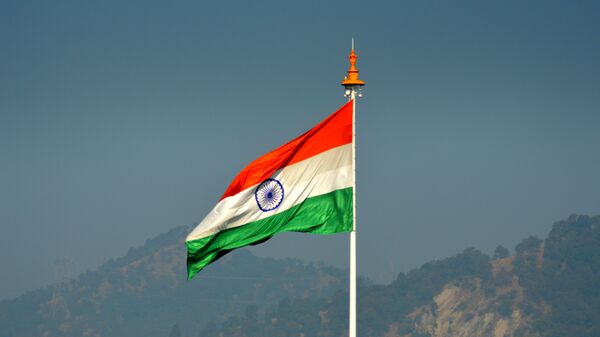The 2008 financial crisis disrupted the global economy, and the slowdown had a sizeable impact on the Indian financial markets. Similarly, COVID-19 has left the Indian economy high and dry with manufacturing, consumption, exports and imports wilting under the impact of the pandemic.
As in 2008, central banks across the globe have been taking various steps, deploying monetary tools, and adopting liquidity measures to keep the economy afloat and mitigate the impact of the pandemic.
The United States Federal Reserve, the European Central Bank (ECB), and the Bank of Japan (BoJ) have all cut rates to keep the financial markets afloat with liquidity ever since the pandemic struck.
The US Federal Reserve was the first to move aggressively in March and reduced its short term rates to 0.25 percent. It also announced the purchase of treasuries and mortgage-backed securities worth $700 billion. Others like the ECB, BoJ, and the Reserve Bank of New Zealand followed suit.
India’s banking regulator Reserve Bank of India (RBI) led from the front, reducing the benchmark lending rate twice since the COVID-19 numbers started rising in March, forcing the government to impose a national lockdown beginning 25 March.
RBI, through tools like open market operations, has targeted long-term repo operations, while cuts in its cash reserve ratio has infused in upwards of $60 billion into the economy in the last three months. The Indian government has also announced a $266 billion economic stimulus package to help businesses deal with the crisis.
With so much money being pumped into the economy, the question is how soon will consumption and demand pick up. Another question is how it can be compared with the sub-prime crisis of 2008, when mortgage-backed securities lost their value threatening the entire global financial system.
Both crises are very different, but the demand disruption that has happened post-COVID-19 is way too deep in comparison with the global economic slowdown of 2008.
Senior journalist Deepal Joshi told Sputnik, “The two crises are a completely different. The response of the government and RBI has been to address demand side problem through supply side measures. However, this time there is complete collapse of demand and flushing banking system with easy money will not address the demand side issue.”
“2008 global crisis was a contagion spread through sub-prime crisis in the US. Then too, the central banks across the globe had taken steps to ensure availability of funds, and ensured that the financial institutions do not shut down. Similar steps this time are not leading to demand creation at any level and only deepening the contraction of the Indian economy,” Joshi added.
Rahul K. Mishra, Professor (Strategy and International Management), IILM Institute of Higher Education, New Delhi told Sputnik, “The 2008 economic crisis was different from the economic challenges caused by the pandemic. I believe that sectors like agriculture is picking up and overall demand in the economy is likely to come back by the advent if the festive season in October. It will take such sectors as hospitality, restaurant, multiplexes a year or two to spring back to the pre-COVID levels."
The International Monetary Fund (IMF) projects the impact of COVID-19 on the global economy to be deeper than the 2008 economic crisis. According to the agency, the US will see a contraction of 5.9 percent in 2020, Japan will contract by 5.2 percent, the UK by 6.5 percent and Germany by 7 percent.




